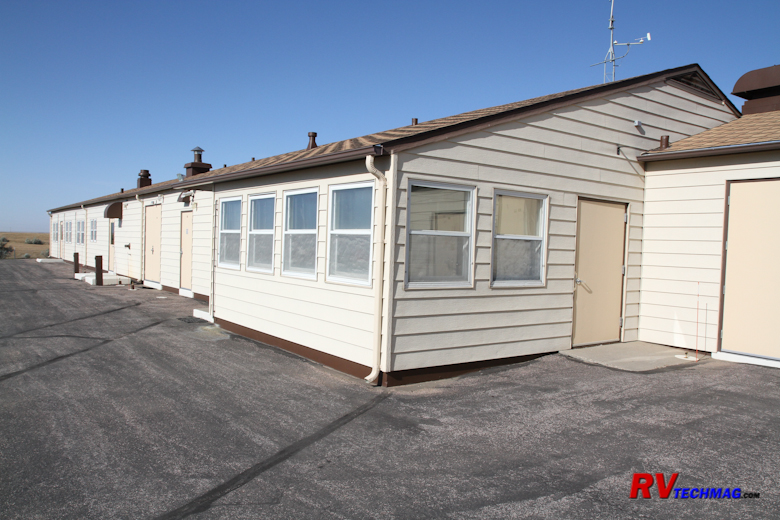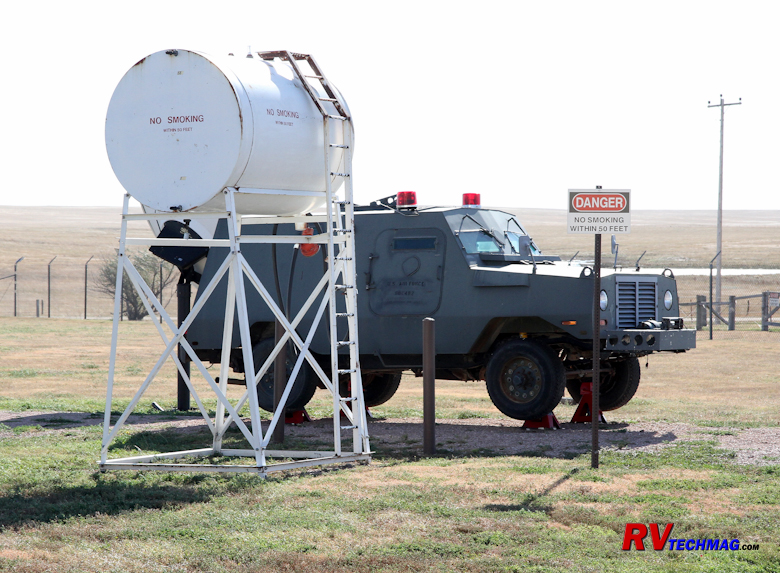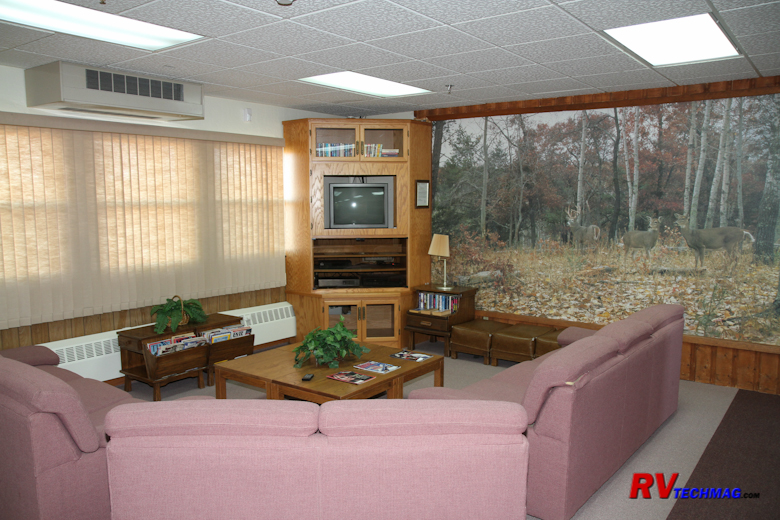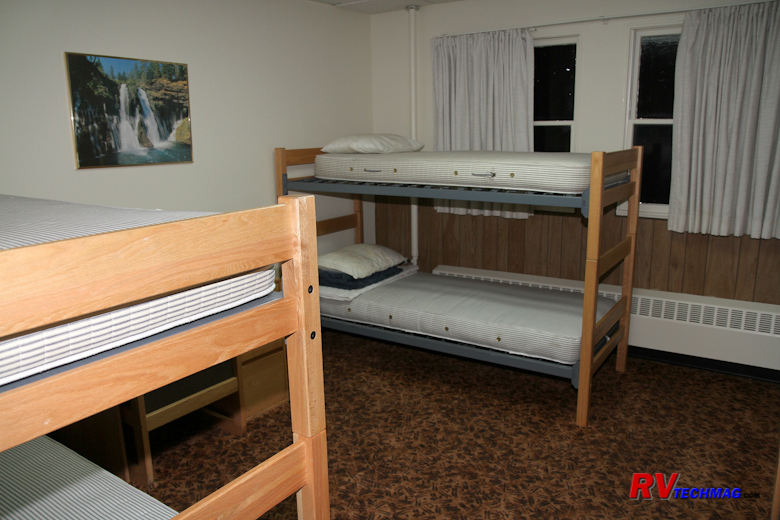Minuteman Missile National Historical Site
A Blast from the Past
Article Date: March, 2012
Article and Photography by Mark Quasius

One of the newest units added to the National Park Service is a unique site. Normally thoughts of the National Park
Service bring to mind images of vast natural wonders, such as the Grand Canyon, Yellowstone, or Yosemite or even some of the famous historical
battlefields from the revolutionary or civil wars. Minuteman is a throwback to a more recent war - the Cold War.
The Minuteman Missile sites were famous for never having to fire a shot yet played a vital role in our nation's defense.
They served as a deterrent to global nuclear attack. Hidden away beneath the ground these sites were scattered across various areas of the United
States and were provided with a level of security heretofore never seen. About 500 of the 1,500 sites were located in South Dakota. It was a
location that was safe from Soviet submarine launched missiles and not in major populated areas, such as the east and west coasts. After the 1991
Strategic Arms Reduction Treaty (START) many of these sites were deactivated, rendered unserviceable and sealed up. However, this particular unit
was allowed to remain as a non-serviceable unit for public display.
Accessing The Site
The site is accessed via a small office facility just south of exit #131 on South Dakota's Interstate 90, which is about
75 miles east of Rapid City. Inside the office you will see a 12 minute interpretive film that brings you up to speed on the sites. The Delta-09
missile silo is located about 15 miles west at exit # 116 just to the south of the highway. You can drive there and view the site at your convenience
because it is a self-guided tour. You may also make a reservation for an underground guided tour into the command and control center, which is
located 4 miles west of the headquarters. We made sure to do both.
We were fortunate in that our command center tour was led by a former missileer, a retired Air Force Major who once was in
command of a similar control center. His personal anecdotes contributed greatly to our understanding of life below the surface. The tours are
limited in size due to the size of the elevator that takes you down underground as well as by the confined quarters of the launch control center.
We began by meeting our guide topside at the appointed time. We were let in through a chain link gate that enclosed a secure
area, bristling with antenna arrays, a helicopter pad, an armored vehicle, and underground access hatch covers. A small barracks building, which
looked much like a ranch house from a distance, housed the eight man support crew for the facility. Inside the barracks was a communications area as
well as living quarters for the guards and tech support team. After a tour of the above ground facilities we headed for the elevator that would take
us down into the hardened control center bunker.
The elevator doors opened up into a small room flanked by mechanical areas and a 3-1/2' thick blast door weighing 5 tons
that led to the control center. The entire underground facility was placed in a hardened concrete cylindrical container that was capable of
withstanding a nuclear blast. Topside personnel were allowed into the underground area but only the launch control officer and his assistant were
allowed inside the command center. The 5 ton blast door was locked from the inside for the duration of their 24 hour shift. Each control center
controlled 10 Minuteman Missiles, which were located at dispersed sites within a 20 mile radius of the command center.
|

The surface structure located over the launch control center quartered the support crew and housed maintenance and communications
equipment as well as the elevator that leads to the underground launch control center.
|

Armored security vehicles could quickly be dispatched to nearby missile silos to deal with any intrusions.
|
|

This recreation area for the topside crew helped what was described as long hours of boredom punctuated by brief minutes of shear panic.
|

Sleeping quarters as well a kitchen, bathroom, and dining area were provided for the crew.
|
Return to Home Page
If you enjoyed this article be sure to recommend RVtechMag.com to your friends, like us on Facebook or Twitter
or subscribe to our RSS feed.



|









